The approach helps reduce the negative impact associated with substance use disorder
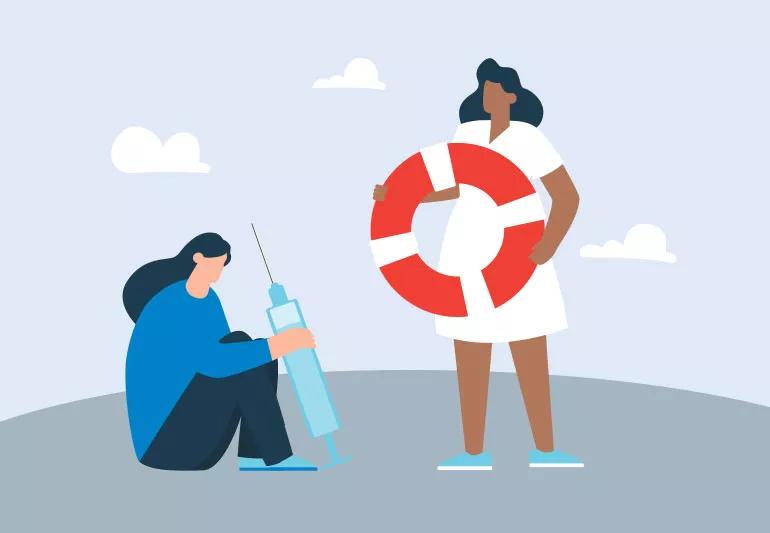
If you or a loved one has a substance use disorder, you might have heard of harm reduction.
Advertisement
Cleveland Clinic is a non-profit academic medical center. Advertising on our site helps support our mission. We do not endorse non-Cleveland Clinic products or services. Policy
The evidence-based approach is designed to help reduce the negative impact of behavior associated with substance use in both individuals and at the community level. Through various programs and strategies, the goal is to reduce the harm that individuals with substance abuse disorder experience.
“It means meeting people where they’re at in a nonjudgmental way,” says addiction specialist David Streem, MD. “The primary goal is improving their health and functioning. That can be through reduced use or reduced engagement in problematic or unhealthy behavior. But it’s also through encouraging the behavior to be done in safer circumstances.”
And it’s important to remember that substance use disorder is a brain disease. People lose the ability to control the use of a substance despite worsening consequences. Substances like alcohol, cocaine and heroin change the brain in a way that makes quitting or stopping substance use physically and mentally challenging.
Dr. Streem discusses the benefits of harm reduction and how it’s used to help people with substance use disorder.
Harm reduction can trace its roots back to other movements that started across the United States in the 1960s–1980s, like the Black Panther’s free breakfast program and the Young Lords’ acupuncture program for heroin users.
Advertisement
Harm reduction turns to programs, practices and strategies that are designed to meet people where they’re at in their substance use disorder. That can mean needle access programs or medication for opioid use disorder.
“For people who receive best-practice treatment for opioid use disorder, only about 50% of them are successful in abstaining from even occasional use of opiates. So, the other 50% of people who are not able to achieve that need and do benefit from approaches that are classified as harm reduction,” says Dr. Streem.
“You also have people who are too ambivalent about their drug use to actually try to abstain,” he adds. “So, how do we engage and motivate those patients to actually get them to that point? And that’s another place where harm reduction can be helpful.”
Here’s a look at the strategies behind harm reduction.
Learn how harm reduction strategies help with opioid use disorder.
There are a lot of stigmas associated with substance use. This not only creates fear and shame, but can also prevent someone from seeking help.
The idea behind this strategy is to focus on the individual and to “meet people where they are at.” Maybe they’re not ready to acknowledge their substance use disorder or they’ve reached the point where they want help.
Remember to treat a person with a substance use disorder with compassion and dignity. And it’s important to be culturally competent — the ability to understand and appreciate people from different cultures and belief systems — when speaking to a person with a substance use disorder.
In settings where harm reduction is practiced, professionals will use a guiding style of communication that balances listening and directing, empowering the individual to make decisions about their own journey.
Acute harms of use include fatal and nonfatal overdoses and the spread of infections like HIV (human immunodeficiency virus) and MRSA (Methicillin-resistant Staphylococcus aureus).
Examples of how harm reduction aims to reduce the acute harm of drug use:
“For opioid use disorder, that means prescribing medications that have been shown to reduce the risk of use or checking a drug supply to see if there’s fentanyl in it,” says Dr. Streem.
Naloxone, a drug that quickly reverses an opioid overdose, has become readily available. In many cases, you can get naloxone without a prescription at your local pharmacy. Naloxone kits may be available throughout communities in places like libraries and homeless shelters.
Advertisement
Not every state had adopted naloxone access laws, though, so be sure to check first. According to the National Bureau of Economic Research, states that have naloxone access laws have seen a 9%–11% decrease in the number of opioid-related deaths.
“It’s easy to use and you’ll never hurt anybody using naloxone,” says Dr. Streem.
An accident, issues at work, legal problems — these are just some of the few complications someone with substance use disorder may face.
Complications can also include diseases like HIV, other health problems and even suicide.
The complications of substance use can be reduced by doing or using the following:
“For things like IV drug abuse that’s protecting against the risk of HIV,” says Dr. Streem. “Or for alcohol use, that means using a designated driver program.”
Critics of programs like supervised drug consumption areas point out that those venues don’t reduce acute harms of substance abuse because people can still continue to use and even overdose.
Advertisement
“But it can reduce the complications by having access to clean equipment,” notes Dr. Streem.
Studies show that supervised drug consumption sites can reduce the risk of overdose and increase enrollment in treatment programs.
“We should always be very careful not to blame the treatment for the disease,” says Dr. Streem.
One of the goals of harm reduction is to reduce the use of the substance.
There are three medications that are Food and Drug Administration (FDA)-approved for opioid use disorder:
There are three types of medication for alcohol use disorder:
Advertisement
The concept of harm reduction includes engaging in care in these ways:
At needle access programs, people can exchange used needles for clean needles. But there are also chemical dependency counselors on hand.
“While the trained counselors actually do the hand-off, they try to engage with people,” explains Dr. Streem. “They’re asking them about getting into treatment. The success rate is pretty good.”
More people are experimenting with cutting out alcohol from their lives — or at least cutting back. So, what does it mean to be abstinent or practice abstinence?
Abstinence is the practice of restraining yourself from indulging in substances like alcohol and drugs.
“Harm reduction is about helping to get people to abstinence if they can get there,” says Dr. Streem. “But if not, it’s to reduce the harm associated with continued use.”
People with substance use disorder may try and try again to become abstinent. There will be setbacks along the way. But it’s important to stay positive and not give up.
“Just because people start treatment and then don’t complete, it doesn’t mean they’re not making some progress,” says Dr. Streem.
If you’re interested in learning more about harm reduction, it’s important to find out if a treatment center uses this approach.
“Harm reduction has a tremendous amount of evidence behind it. If the treatment center that you’re approaching is an evidence-based program, they should embrace harm reduction approaches,” says Dr. Streem.
And remember that one of the key principles of harm reduction is keeping the focus on the individual.
“Harm reduction doesn’t mean accepting the substance use,” reinforces Dr. Streem. “Harm reduction means accepting the person who has a substance use disorder.”
Learn more about our editorial process.
Advertisement
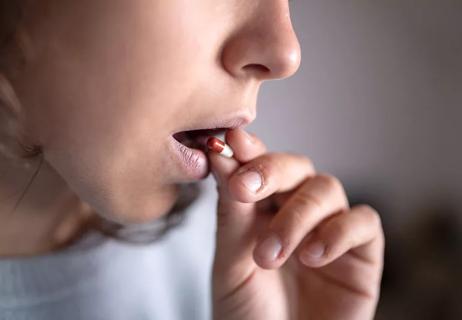
It’s labeled as a supplement, but tianeptine is an addictive, dangerous drug
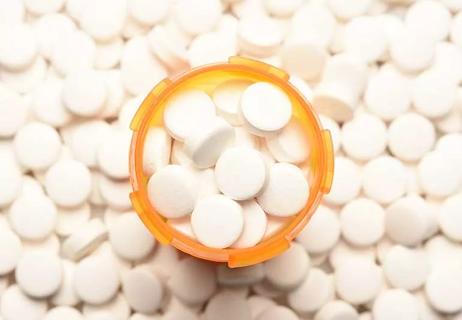
Xylazine is an animal sedative that’s behind an increasing number of human overdose deaths
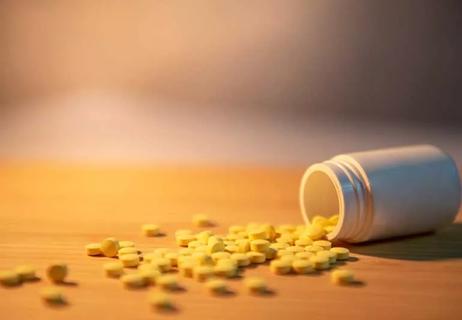
You must act fast to save a life
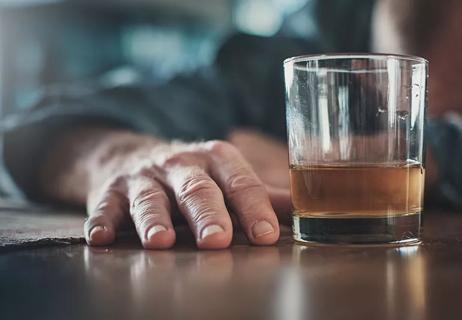
An addiction specialist weighs in on the rising trend of “semi-sobriety”

Drinking and drugs worsen mental health issues like depression and anxiety

Popular among teens, these inhalants give you a quick high, with serious harmful effects

Sellers call it ‘light weed,’ but the health effects and safety are largely unknown

‘Opioids’ is a catchall term for opiates and other drugs that cause similar opioid-like effects

Babies can get congested easily, but you can calm their cough by keeping them hydrated, using nasal drops and running a humidifier

Weight loss may cause loose, sagging skin and muscle loss to your rear

Several conditions, like vitiligo and fungal infection, can cause a loss of pigmentation, leading to white spots or patches on your skin